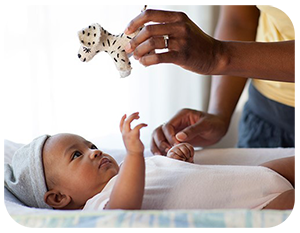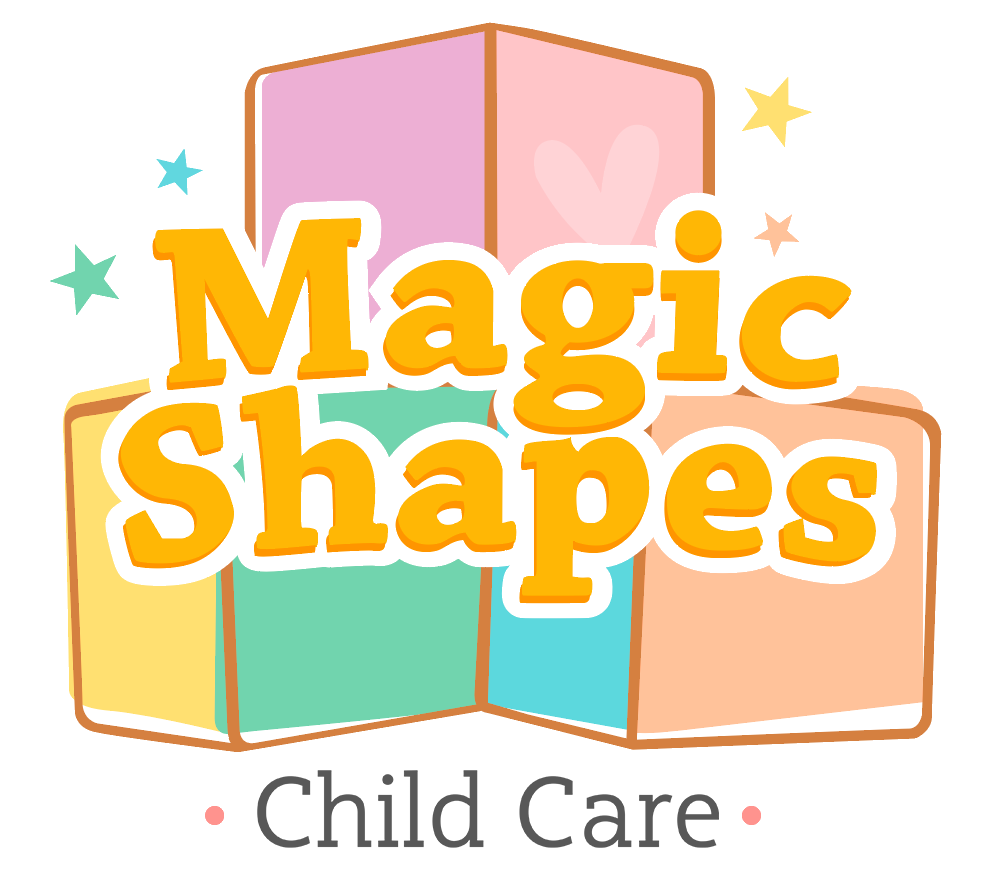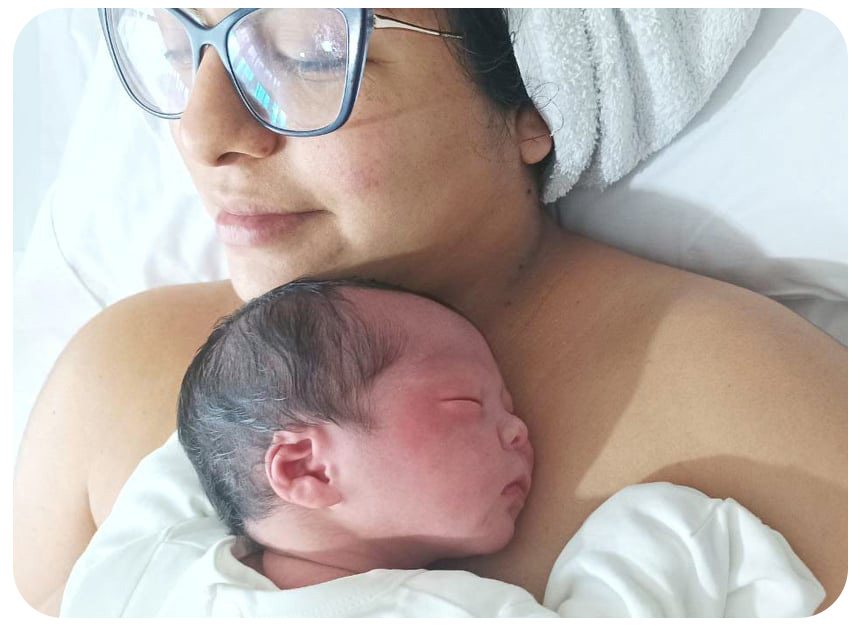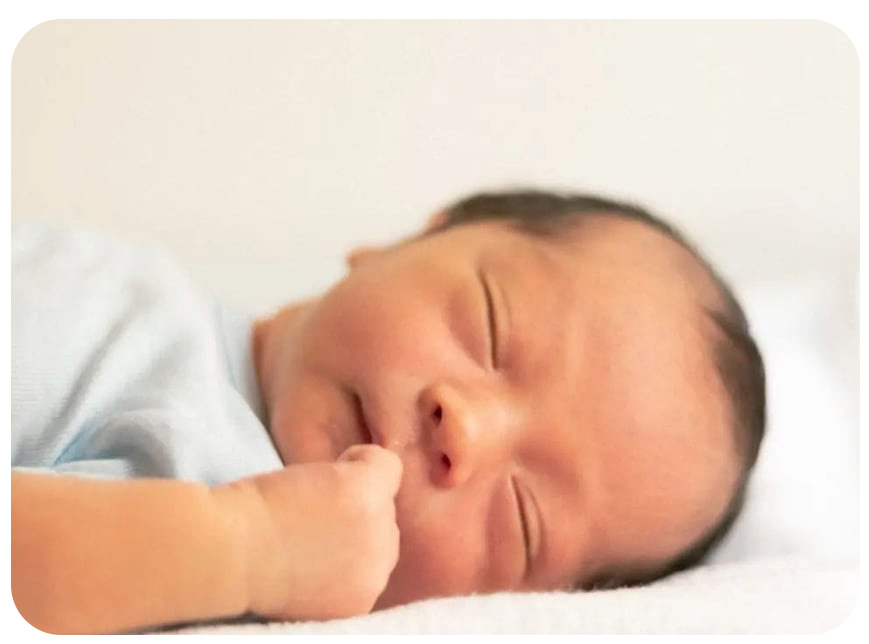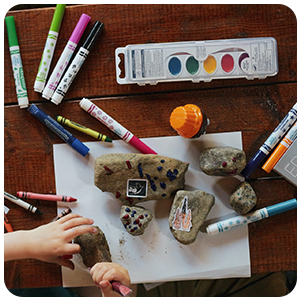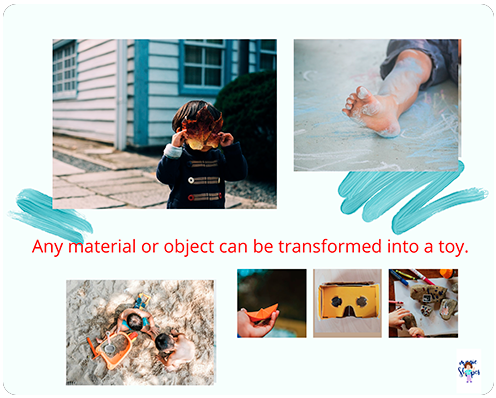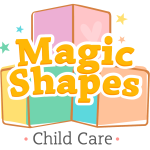If your baby is close to one month old, it is time to start activities and play together, I am sure you will enjoy it a lot.
One activity you can do is stimulate their vision; This will allow the brain to receive the stimuli it needs to develop. The newborn still does not coordinate his eyes very well, his vision is blurred and he focuses on objects at a distance of 25 to 30 cm.
If you observe your baby, in the first weeks you will see that he shows interest in black and white patterns, circles, squares, and stripes that attract his attention. Later you will be attracted to the color red for being the most striking.

Contrast cubes, cards, and mobiles are important materials for visual stimulation, I always carry them with me in my early stimulation classes, because with them, through play, you are encouraged in the following aspects:
• Develop the cognitive system
• Increase your ability to focus attention and concentration.
• Allow exploring their environment.
• Strengthen the affective bond with the adult and the family.
• Strengthen your eye coordination
That is why early stimulation experts encourage parents to expose children to a variety of sensory stimuli so that they come to understand that the world has different sounds, colors, smells, shapes, and textures. Babies have the ability to absorb information through their senses. The wealth of sensory stimuli benefits the development of thought, intelligence, and language development.
I invite you to know how to use these innovative contrast toys for babies, click here and it will take you directly to the CONTRAST CUBE instructions to learn more about it.
